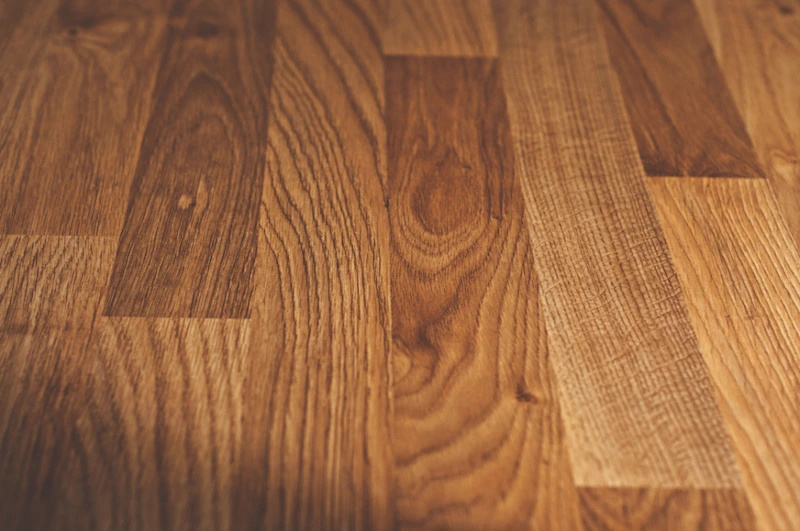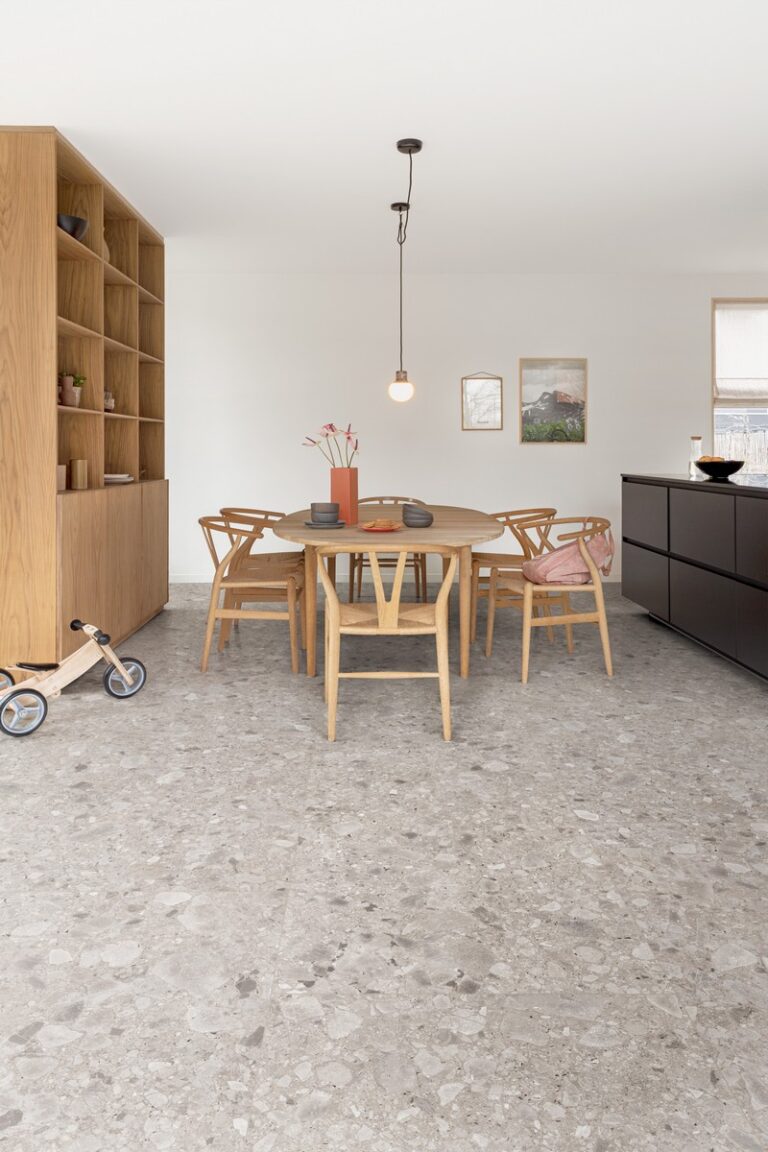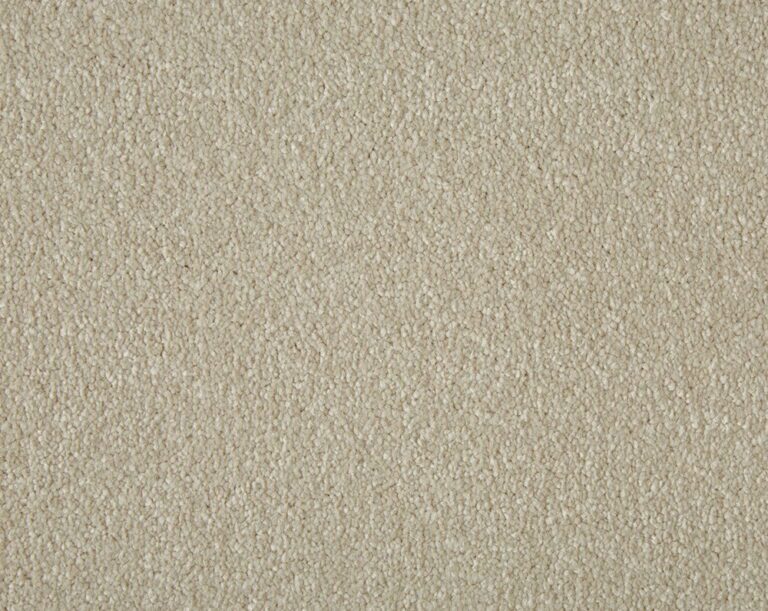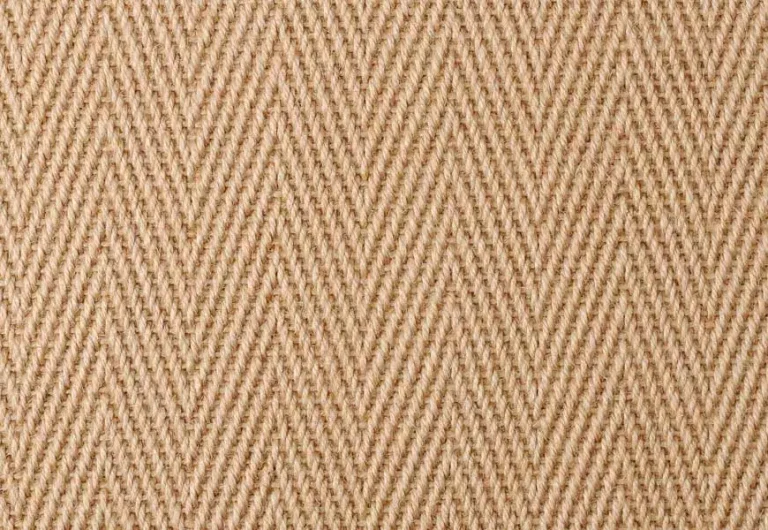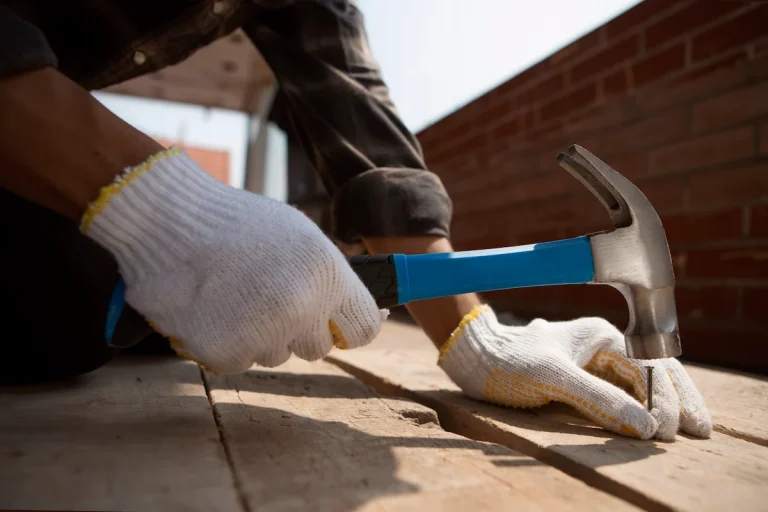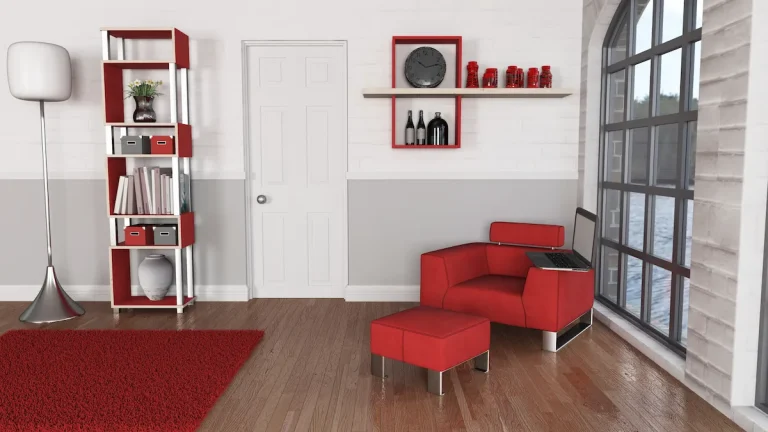Installing hardwood flooring has the potential to significantly enhance the aesthetic appeal and warmth of a home. However, many homeowners face common challenges that may result in expensive repairs and ongoing maintenance. Hardwood flooring mistakes, such as selecting an inappropriate type of wood or failing to adhere to proper installation techniques can considerably affect both the durability and visual appeal of the flooring.
This guide addresses typical mistakes to avoid during and after the installation process, outlines essential considerations to take into account beforehand, and provides strategies for rectifying any missteps to achieve a beautiful and enduring outcome.
The Common Hardwood Flooring Mistakes
Homeowners in areas, such as North London, frequently encounter a variety of common mistakes related to hardwood flooring that may jeopardise the quality and longevity of their investment. Among these installation errors, improper subfloor preparation, incorrect installation mistakes,, neglecting moisture levels, and inadequate sealing techniques can result in issues such as shifting floorboards, particularly in high traffic areas, and surface scratches.
Additionally, selecting an inappropriate type of hardwood or engineered hardwood or failing to account for necessary expansion gaps can further compromise the durability of the flooring. Recognising these mistakes is essential for homeowners aiming to enhance their living spaces with natural wood flooring.
It is equally important to maintain a consistent cleaning routine and seek professional guidance from a reliable flooring contractor.
Why Is It Important to Avoid These Mistakes?
Avoiding common mistakes in hardwood flooring installation is essential for preserving the durability of the flooring and ensuring that it remains an attractive feature in the home for years to come.
Neglecting these important details can not only result in increased maintenance costs but also lead to a significant decline in aesthetic appeal. Over time, incorrect humidity levels may cause hardwood to warp or crack, compromising both functionality and design.
To preserve the integrity of hardwood flooring, homeowners should consider implementing several key strategies:
- Regularly monitor and adjust indoor humidity levels.
- Establish a consistent cleaning schedule using appropriate products.
- Consult with professionals for seasonal maintenance assessments.
By adopting these proactive measures, homeowners can save money over the long term and enjoy the timeless beauty that hardwood floors provide to their living spaces.
Factors to Consider Before Installing Hardwood Flooring
Before the installation of hardwood flooring, homeowners must carefully evaluate several critical factors to ensure a successful outcome. The selection of wood type, whether solid hardwood or engineered hardwood, plays a significant role in both the aesthetic appeal and durability of the flooring.
The conditions of the room, including humidity and moisture levels, will affect the floor’s performance over time, while proper preparation of the subfloor is essential for ensuring stability and longevity.
1. Type of Wood
Selecting the appropriate type of wood is crucial for achieving both the desired aesthetic and performance of hardwood floors. Options include solid hardwood, engineered hardwood, and other wood flooring products. Solid hardwood offers a classic appeal, while engineered hardwood provides greater versatility and enhanced moisture resistance, making it suitable for a variety of environments.
When evaluating flooring options, it is essential to understand the differences among wood species. Natural wood can vary significantly, impacting both flooring durability and finish application. in grain patterns, colours, and hardness levels. For example, oak is recognised for its strength and durability, making it an excellent choice for high-traffic areas, whereas maple offers a smoother finish that can elevate the appearance of any space. Certain woods, such as pine, are softer and may be more susceptible to dents and scratches, which could pose a concern in busy household settings.
Consider the following types of wood when selecting flooring:
- Solid hardwood: Provides timeless beauty but can be sensitive to changes in humidity, necessitating careful acclimatisation and installation.
- Engineered hardwood: Composed of multiple layers, it offers greater stability and is less likely to warp in moist environments.
- Exotic woods: Examples include teak and mahogany, renowned for their finish application, which are often desired for their unique aesthetics but may present higher costs and sourcing challenges.
Additionally, it is important to consider maintenance requirements, as some woods necessitate more frequent refinishing to preserve their lustre. Exploring sustainable sourcing options can not only enhance the aesthetic appeal of your flooring choice but also positively impact the environment.
2. Room Conditions
The conditions of the room where hardwood floors are installed are critical to their long-term performance, particularly with respect to humidity and moisture levels. High humidity can cause swelling and warping, whilst excessively dry conditions may lead to shrinkage and cracking of the floorboards.
Before installation, it is imperative for either the homeowner or the contractor to evaluate the environment to ensure that optimal conditions are established. Generally, hardwood floors perform best in humidity levels ranging from 30% to 50%. This balance not only enhances the durability of the flooring but also minimises potential issues in the future.
To maintain stable conditions, consider the following recommendations:
- Invest in a dehumidifier during humid months to lower moisture levels.
- Utilise a humidifier in drier seasons to prevent excessively arid air.
- Regularly monitor humidity levels with a hygrometer to track fluctuations.
After installation, ensuring proper acclimatisation of the boards and maintaining stable conditions can significantly extend the life and aesthetic appeal of hardwood flooring.
3. Subfloor Preparation
Proper subfloor preparation is essential for the successful installation of hardwood floors, as it establishes the foundation for a durable and stable surface. Neglecting this critical step can lead to numerous installation errors, resulting in issues such as uneven floorboards and premature wear.
The process of preparing the subfloor involves several important steps that homeowners must not overlook. First, it is necessary to conduct a thorough inspection to assess the current condition of the subfloor, checking for any signs of moisture damage, cracks, or instability. Once any issues have been identified, the next vital step is to clean the surface to remove dust, debris, and old adhesive residues.
Engaging the services of a professional flooring contractor with experience in sealing hardwood for this process is highly recommended, as their expertise significantly increases the likelihood of achieving a level subfloor. This not only enhances the aesthetic appeal of the hardwood installation but also contributes to the overall longevity of the flooring.
By investing in proper subfloor preparation, homeowners create a solid base that ultimately safeguards their flooring investment for years to come.
4. Budget
Establishing a budget is an essential step in the planning process for hardwood floor installation, as it determines the quality of materials, such as concrete subfloor compatibility, and professional services that homeowners can afford. A meticulously planned budget facilitates knowledge-based decision making regarding the type of wood, installation methods, and necessary maintenance.
To develop a realistic budget for hardwood flooring projects, it is important to consider several key factors. Among these are material costs, which can vary significantly based on the chosen type of hardwood, as well as species and finish. Additionally, potential labour expenses should be included, particularly if the installation necessitates professional assistance, as this can further impact overall costs.
It is crucial to strike a balance between quality and affordability to ensure that the flooring satisfies both homeowners’ expectations and aesthetic goals. aesthetic and durability requirements. To assist in this process, the following tips are recommended:
- Research different wood types to identify options that align with your budget and lifestyle.
- Compare quotes from various contractors to ensure competitive pricing.
- Consider DIY installation for simpler layouts, which may reduce labour costs.
- Look for sales or discounts from local suppliers to minimise material expenses.
By taking these factors into account, homeowners can navigate the complexities of hardwood flooring projects more effectively, achieving a beautiful and lasting result without exceeding their budget.
Mistakes to Avoid During Installation
During the installation of hardwood floors, several critical mistakes can compromise the overall quality and durability of the finished product, highlighting the necessity for homeowners to remain vigilant. Each of these errors can lead to significant long-term issues that may affect the performance and appearance of the flooring.
1. Not Acclimating the Wood
One of the most critical steps in the hardwood flooring installation process is the proper acclimatisation of the wood. This process involves allowing the wood to adjust to the room’s humidity and temperature prior to installation. Neglecting this crucial step can result in expansion gaps or shifting floorboards post-installation, leading to unsightly gaps and compromising the overall integrity of the floor. Understanding the acclimatisation process is essential for ensuring a stable and aesthetically pleasing hardwood surface.
The acclimatisation process typically requires a duration of approximately 3 to 5 days, although this may vary depending on the specific type of wood and the prevailing environmental conditions. During this period, using soft buffing machines can help to gently prepare the wood surface for installation.
- During this period, it is essential to maintain the room’s temperature between 15°C and 27°C.
- Humidity levels should ideally be kept between 30% and 50%.
- Monitoring moisture is critical, as it significantly influences the performance and longevity of the wood.
By consistently monitoring moisture levels, individuals can mitigate potential issues such as warping, splitting, or buckling of the floorboards. For optimal results, the use of a moisture meter is recommended, as it provides precise measurements that can greatly enhance the success of the installation process.
2. Not Allowing for Expansion and Contraction
Allowing for expansion and contraction in hardwood flooring is essential to accommodate the natural movement of wood caused by fluctuations in humidity and temperature. Many homeowners often make the mistake of providing insufficient expansion gaps, which can ultimately result in buckling or warping of the floorboards over time.
When installing hardwood flooring, it is imperative to consider the potential for wood movement and to plan for adequate expansion gaps to prevent future complications. The appropriate width of these gaps can be determined based on the dimensions of the room, with a typical recommendation of approximately 12.7 mm for most installations.
To ensure an effective installation that accommodates wood movement, consider the following tips:
- Measure Carefully: Accurately measure the length and width of the room prior to installation to determine the necessary expansion space.
- Follow Manufacturer Guidelines: Review the specific requirements provided by the flooring manufacturer, as different types of hardwood may exhibit varying expansion characteristics.
- Consider Humidity Levels: Recognise that environments with higher humidity may necessitate wider gaps to allow for increased expansion during wet seasons, which may require the installation of expansion joints.
By implementing a suitable plan for expansion gaps, one can maintain the integrity and appearance of hardwood flooring, thereby enhancing its longevity.
3. Incorrect Nailing or Gluing Techniques
The use of incorrect nailing or gluing techniques during the installation of hardwood flooring can jeopardise the stability and longevity of the floor, potentially resulting in undesirable squeaks and uneven surfaces. Homeowners in areas such as North London are advised to consult with a flooring contractor to gain a comprehensive understanding of the best practices for fastening their specific type of hardwood flooring.
To ensure a successful installation, it is imperative to consider several factors, including the type of flooring and the materials of the subfloor.
- For solid hardwood, face nailing or blind nailing generally provides a robust hold, whereas engineered hardwood may be better suited for gluing, particularly when installed over concrete subfloors.
- The moisture content of the wood should be evaluated, as excessive moisture can result in warping if glued inaccurately.
- It is essential to ensure that the subfloor is level and dry to prevent future complications.
Therefore, selecting the appropriate combination of nailing and gluing methods not only enhances the durability of the floor but also significantly minimises the need for repairs in the future.
4. Not Using Proper Tools
Utilising the appropriate tools for hardwood flooring installation is essential for achieving a professional finish and ensuring the long-term durability of the floor. Many installation errors arise from the use of inadequate or incorrect tools, such as not using the right sandpaper during the sanding process, which can result in damage to the floorboards and substandard outcomes.
Homeowners undertaking this project should consider a range of essential tools that enhance precision and efficiency during installation. The key tools include:
- Cabinet Scraper: Ideal for smoothing and leveling surfaces.
- Mallet: Used for tapping planks into position without causing damage.
- Tapping Block: Assists in snugly fitting planks together, preventing visible gaps.
- Flooring Nailer: Ensures secure attachment of floorboards to the subfloor.
Investing in these tools give the power tos homeowners to manage the installation process effectively; conversely, employing improper tools may necessitate the intervention of a professional. Engaging a flooring contractor can ensure that the project meets high standards, as they have access to professional-grade equipment that guarantees a flawless finish.
Mistakes to Avoid After Installation
Once hardwood floors are installed, it is essential to maintain them appropriately to prevent common errors that could lead to long-term damage. Homeowners frequently underestimate the significance of maintaining optimal humidity levels and often neglect proper cleaning routines with tools like a vacuum. Additionally, failing to protect the floors from heavy furniture and direct sunlight can significantly reduce the lifespan of the flooring.
1. Not Maintaining Proper Humidity Levels
Maintaining appropriate humidity levels is crucial for the longevity of hardwood floors, as extreme fluctuations can lead to warping and other forms of damage. Homeowners frequently overlook the importance of monitoring and adjusting indoor humidity, which can result in substantial repair costs in the future.
An optimal humidity level between 30% and 50% is recommended, as this range provides the necessary balance that permits hardwood floors to expand and contract without incurring permanent distortion. Various factors, including seasonal changes, regional climate variations, and household activities, can significantly influence indoor humidity. For example, during the humid summer months, excess moisture can permeate the wood, leading to issues such as gapping or cupping. Conversely, the dry air of winter can cause the wood to shrink and crack, negatively affecting both the aesthetic appeal and structural integrity of the floors.
To effectively manage these fluctuations, it is advisable to utilise humidifiers during dry seasons and dehumidifiers when humidity levels become excessively high. Regularly monitoring your hygrometer and adjusting settings accordingly will significantly assist in maintaining an optimal environment:
- Set humidifiers to maintain humidity levels between 30% and 50%.
- Use dehumidifiers in basements or areas susceptible to excessive moisture.
- Conduct regular inspections of hardwood floors for any signs of distress.
By implementing these measures, homeowners can greatly enhance the life and appearance of their hardwood floors, ensuring they remain a valued feature of the home for many years to come.
2. Not Protecting the Floors from Furniture and Sunlight
Protecting hardwood floors from heavy furniture and direct sunlight is essential for preventing surface scratches and fading, including damage from pet nails. Many homeowners neglect the use of floor protectors or fail to implement measures to shield their floors from UV damage, leading to premature wear and aesthetic decline.
By adopting effective protective strategies, one can not only preserve the beauty of these floors but also significantly extend their lifespan.
To effectively safeguard hardwood floors, consider the following practical recommendations:
- Furniture Pads: Attach felt pads to the bottom of furniture legs to minimise the risk of scratches caused by moving or shifting items.
- Area Rugs: Place area rugs in high-traffic areas to create a protective barrier, ensuring that the materials selected will not slip or cause damage.
- UV-Protective Window Treatments: Install window treatments designed to reduce UV exposure, thereby preventing the floor’s finish from fading over time.
By implementing these measures, homeowners will enhance the appearance of their hardwood floors while also reducing long-term maintenance costs associated with refinishing or replacing damaged surfaces.
3. Not Cleaning and Caring for Hardwood Floors Correctly
Establishing a proper cleaning routine for hardwood floors is essential for maintaining their appearance and preventing damage. Many homeowners in areas like North London mistakenly use harsh cleaning products or improper techniques, which can result in surface scratches and deterioration of the finish.
To keep hardwood flooring in optimal condition, it is important to adopt a systematic approach to cleaning and maintenance. Regular cleaning not only enhances the aesthetic appeal but also helps prevent significant wear over time. The following best practices should be considered:
- Use a Soft Broom: Regularly sweeping with a soft-bristled broom removes dust and debris without scratching the surface.
- Choose the Right Cleaning Product: It is advisable to use mild cleaners specifically designed for hardwood floors. Ammonia-based solutions or vinegar should be avoided, as they can damage the finish.
- Moisture Control: For deeper cleaning, utilise a lightly dampened mop while ensuring that excess water is avoided. Standing moisture can warp the floor.
By implementing these techniques and ensuring regular maintenance, homeowners can significantly enhance the longevity and beauty of their hardwood floors.
How to Fix Hardwood Flooring Mistakes
Correcting errors made during the hardwood flooring installation or maintenance process is not only feasible but can also enhance both the aesthetic appeal and functionality of the floors.
Homeowners may need to consider engaging professional services for repairs, using wood fillers to address gaps and scratches, or exploring restoration options to effectively mitigate any damage.
Using Wood Fillers for Gaps and Scratches
Utilising wood fillers is an effective approach to address gaps and scratches in hardwood floors, thereby aiding in the restoration of their original beauty. Homeowners have the option to select from a variety of wood fillers that complement the colour and finish of their flooring, facilitating a seamless repair process.
To ensure that the repair process is both efficient and effective, it is essential to adhere to a few straightforward steps. First, prepare the area by thoroughly cleaning it to eliminate any dust or debris that may hinder adhesion. Next, assess the size and location of the damage to determine the appropriate type of wood filler; this selection is critical, as different fillers are designed for specific applications. Matching the wood filler to the floor not only enhances the overall aesthetics but also contributes to durable results.
- Application: Employ a putty knife to apply the filler, pressing it firmly into the gaps or scratches. For larger holes, it may be advisable to slightly overfill to allow for sanding later.
- Finishing Techniques: Once the filler has dried, use fine-grit sandpaper to smooth the surface and blend it seamlessly with the surrounding wood. If necessary, follow this step with a wood stain to ensure colour uniformity.
By following these steps, one can effectively restore hardwood floors, thereby maintaining both their beauty and value.
Refinishing the Floors for Damage Control
Refinishing hardwood floors represents a valuable solution for addressing significant damage and restoring their appearance, providing homeowners with an opportunity to revitalise their flooring. This process typically involves sanding down the top layer of the wood and applying a new finish to protect and enhance its aesthetic appeal.
The necessity for hardwood floor refinishing often arises when the flooring shows visible scratches, fading, or wear due to high foot traffic. This process not only rejuvenates the visual appeal of wooden floors but also markedly contributes to their durability.
The primary steps involved in the refinishing process include:
- Assessment: Evaluating the condition of the existing finish and identifying any necessary repairs.
- Sanding: Removing the old finish and smoothing out imperfections.
- Staining: Applying a stain to achieve the desired colour.
- Finishing: Sealing the wood with a protective coat to enhance its natural beauty and durability.
Engaging professionals for this task not only ensures a smoother finish and quicker turnaround but also mitigates the risk of damaging the floor compared to do-it-yourself efforts. Ultimately, refinishing not only enhances the aesthetic value of hardwood floors but also significantly extends their lifespan, making it a prudent investment for homeowners.
Hiring a Professional to Fix Installation Mistakes
When addressing installation errors, engaging a professional flooring contractor is often the most prudent choice for homeowners. These professionals possess the necessary expertise and tools to rectify issues such as uneven floorboards or improper sealing, thereby ensuring the integrity and durability of hardwood floors.
Along with their specialised skills, these experts are well-acquainted with industry standards and best practices, enabling them to accurately diagnose problems that may not be immediately apparent to those lacking training. This expert insight facilitates a more tailored approach to resolving issues, which helps minimise the potential for future complications.
- Quality Repairs: Professionals implement solutions that adhere to established benchmarks, providing homeowners with peace of mind.
- Time Efficiency: Their experience allows them to complete work promptly, thereby reducing delays and further inconveniences.
- Access to Quality Materials: A reputable contractor typically has established connections with suppliers, ensuring access to high-quality materials.
When selecting a flooring contractor, it is advisable to consider their years of experience and customer reviews, as these factors often reflect their reliability and the quality of their work. A well-rated professional is likely to deliver the high-quality service necessary for achieving long-lasting results.
Avoid these mistakes and ensure a flawless hardwood floor by trusting the professionals at TEKA Flooring. Our expert fitting services guarantee precise installation, durability, and a stunning finish that will stand the test of time. Don’t leave your investment to chance—let TEKA Flooring handle the details while you enjoy the results. Contact us today and experience hassle-free hardwood flooring installation!
Read also:


























